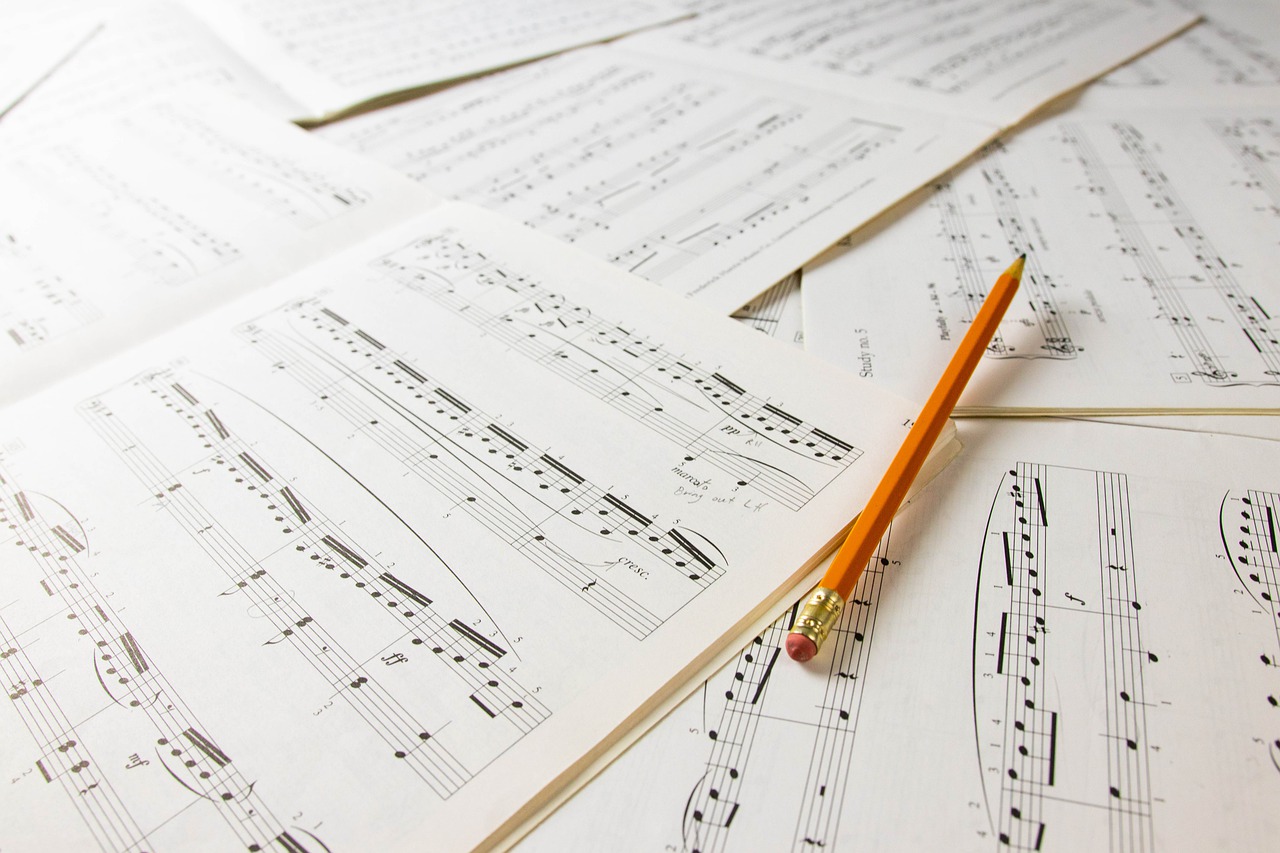Music has a big effect on the culture of young people in East Asian countries. It is much more than just fun. This molds fashion, social conventions, and even a shared identity for the following generation through powerful force. The heartbeat of youth culture these days are the beats and melodies of known music like from the busy streets of Seoul to the lively neighborhoods of Tokyo.
The Beats of Youth Culture
Making Fashion and Social Trends
Fashion and social trends are the best examples of how music affects youth culture. Two popular type music are J-Pop and K-Pop setting norms and trends for makeup, hair, and dress. With this, young people is influenced to look to their favorite pop singers for ideas and inspirations on dressing how they will look. This gives young people in different towns and even other nations a common visual language and style that they can all recognize. Music is what makes a lively modern cultural movement work.
The Role in Soft Power and Reaching the World
East Asian music has an effect that goes beyond the region; it is a sort of cultural soft power. The Korean Wave and other popular music styles have made people all over the world interested in East Asian languages, food, and media. This cultural export has a big effect on how people throughout the world see these countries. It gives the world a positive and vibrant face, producing a shared cultural experience that goes beyond political and geographic barriers.
Endnotes
There is little doubt that music has a big and lasting effect on East Asian youth culture. These sounds are more than just fun songs. They are giving a generation a new identity that goes beyond national lines. This lively musical scene is the soundtrack of our time, a strong force for cultural expression and connecting people throughout the world.

